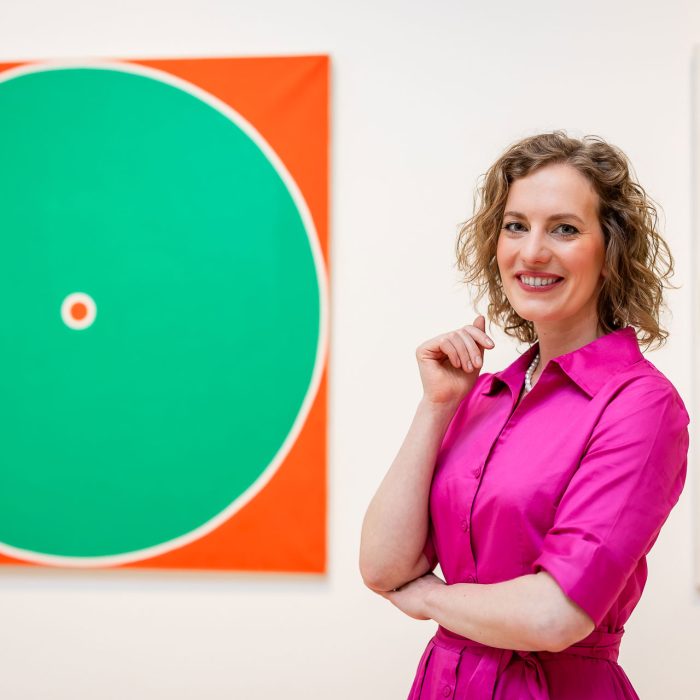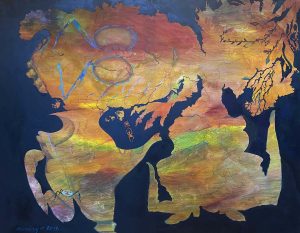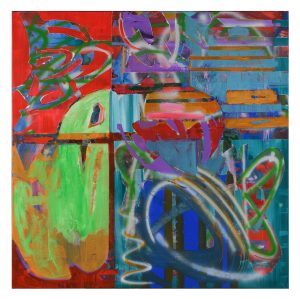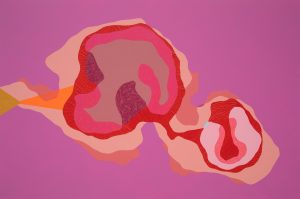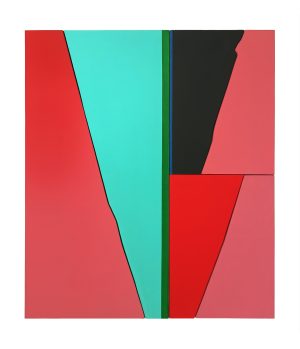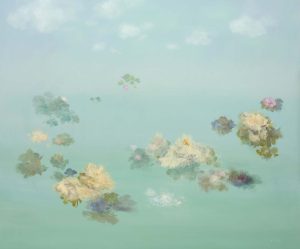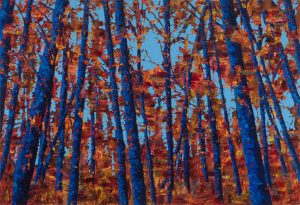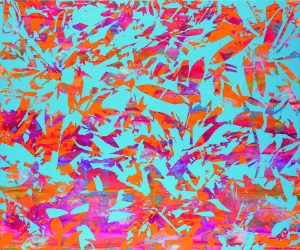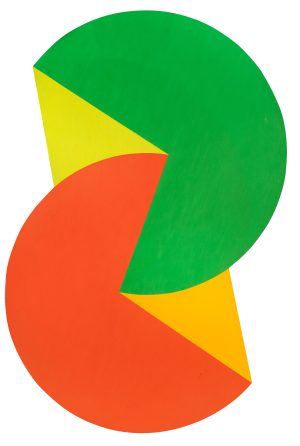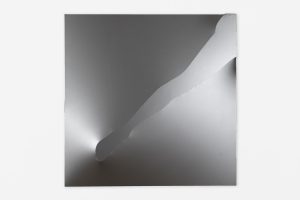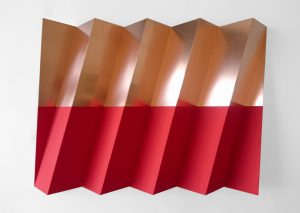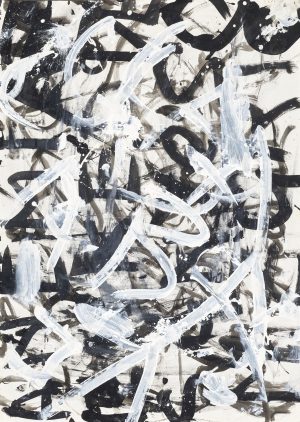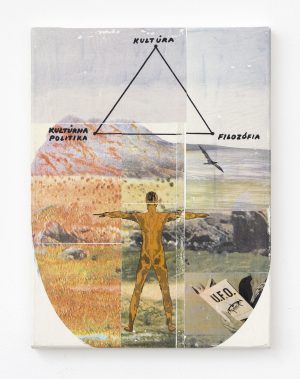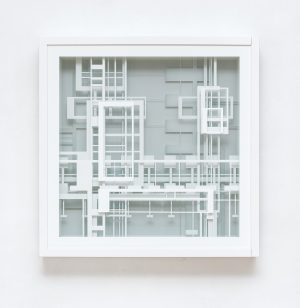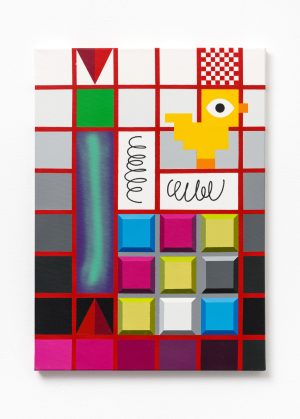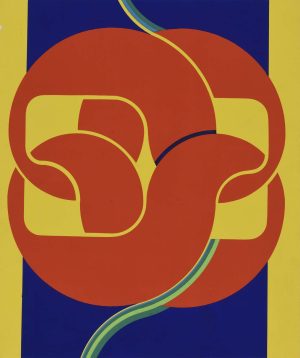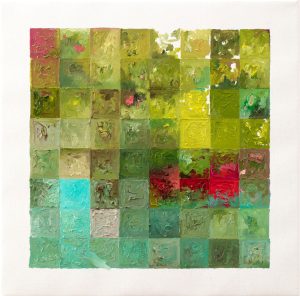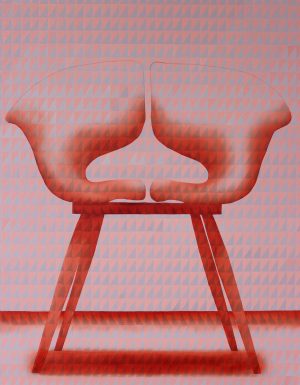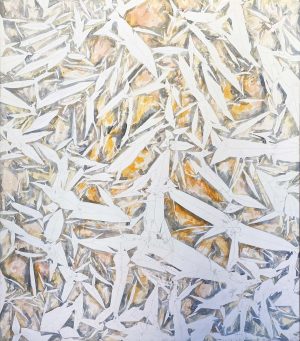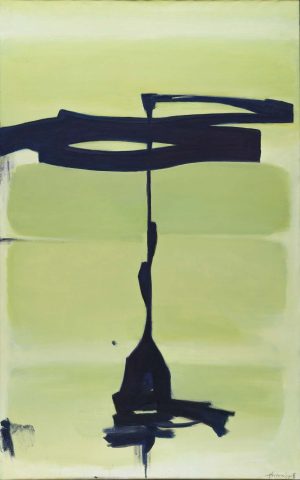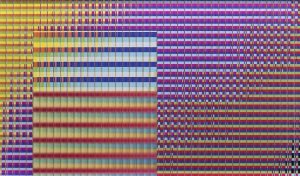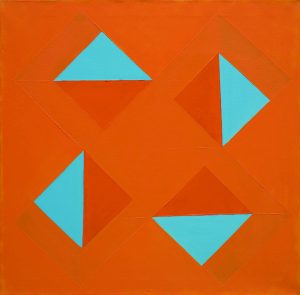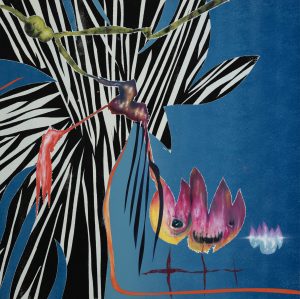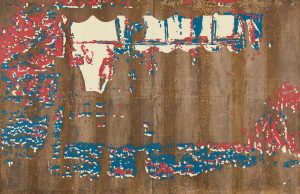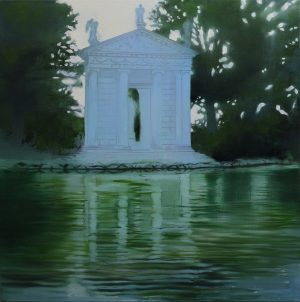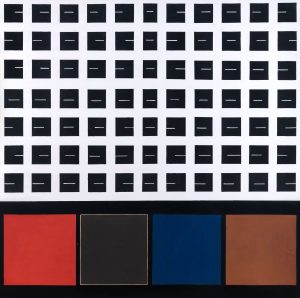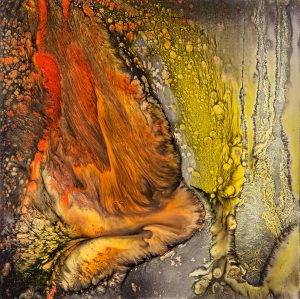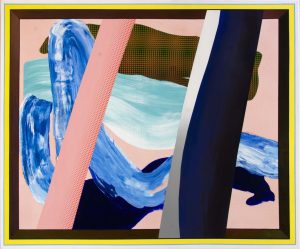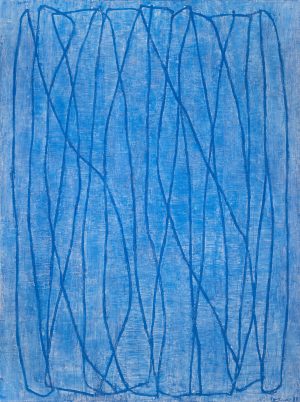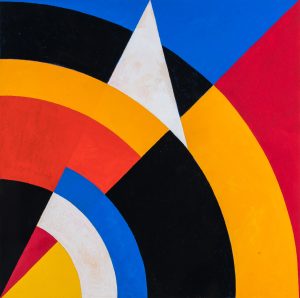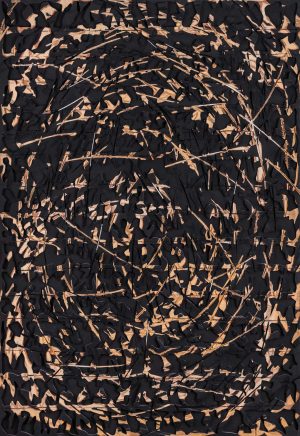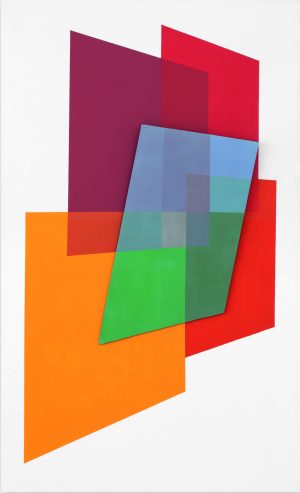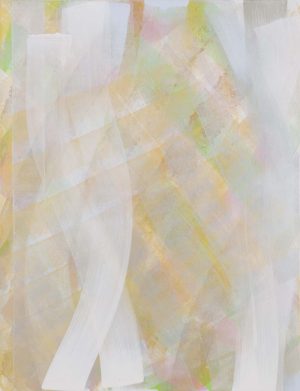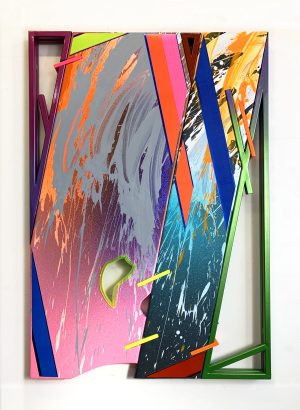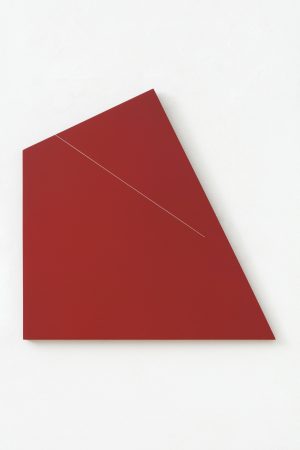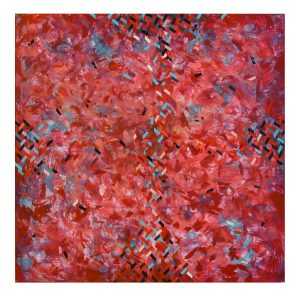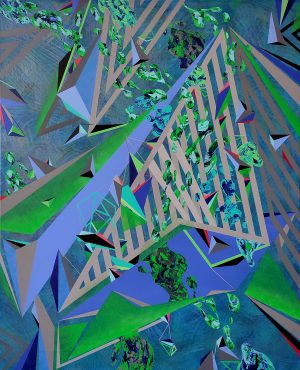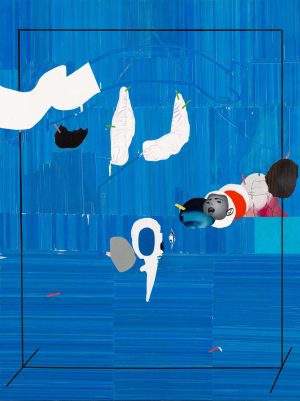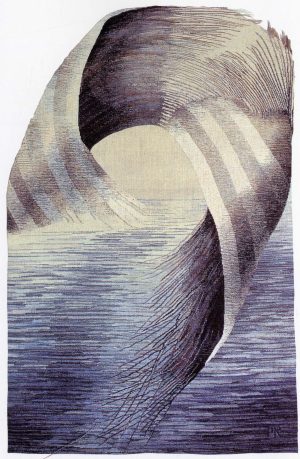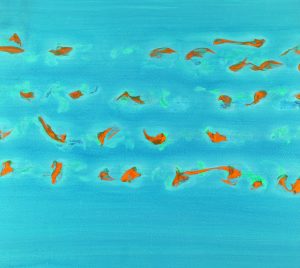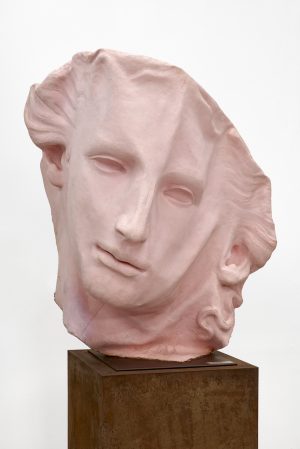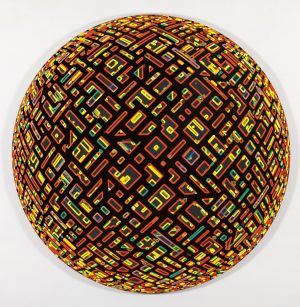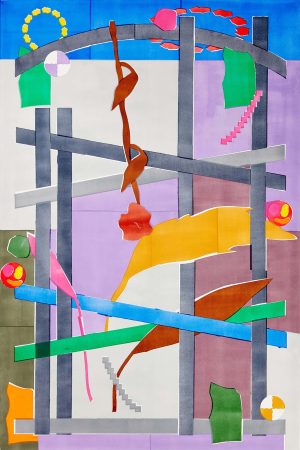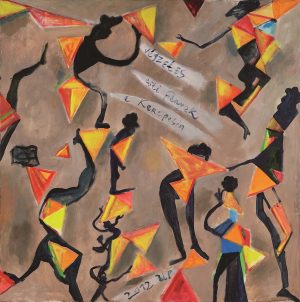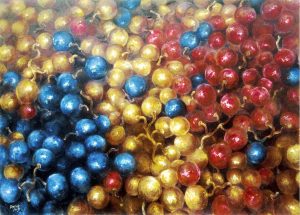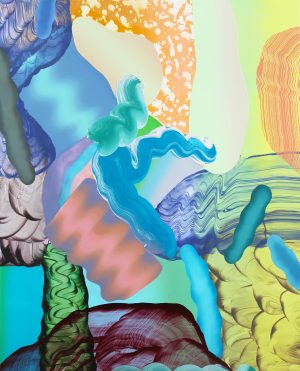
Franyo AATOTH
And we will dip into this glorious light...
- Year(s)
- 2011
- Technique
- oil on canvas
- Size
- 200x200 cm
Artist's introduction
Aatoth Franyo is an artist who follows the tradition of New Painting's Neo-Dadaist vein of the 1980s. His œuvre, which unfolds like that of a bohemian cosmopolitan, has been informed by the culture of various countries. Márton Gerlóczy defines him as a "world-famous painter who refrains from world fame". In his own words, he is an "exhibitionist" because he always wants to "show an aspect" of himself. Born in Nyíregyháza, István Ferenc Tóth, creating under the name "aatoth franyo", was a chemical technician, but in the seventies, he chose a career in fine arts. Victor Vasarely brought him to Paris in 1978, where he graduated from the École Supérieure des Beaux-Arts. As a world-travelling artist, he has lived and worked in several Western countries and exotic locations in North Africa, Mongolia and Thailand. His art was inspired by the New Painting of the 1980s in France, the naïve figurativity of Figuration Libre, the spontaneous aesthetics of graffiti and the unbridled spirit of Neo-Dadaism. The sombre colours of his early paintings were replaced in the early nineties, under the influence of his stay in Mongolia, by the emblematic burgundy red, which embodies a wide range of traditional meanings such as fire, blood, love, hell, flame, revolution and hot spices. In the red spaces, elicited through the use of expressive brushwork, grotesque figures and motifs in the style of children's drawings emerge. The often absurd, humorous or philosophical content is complemented by Hungarian, French and English texts. Around 2010, Aatoth Franyo's artistic practice gradually took a new direction: the artist set up a studio deep in the jungles of Thailand, where he experienced the destructive impact of civilisation on the endless rainforest. From then on, the lush vegetation in his work appears as arabesque gestures and calligraphic marks, transforming the paint applied directly onto the canvas from the tube into an abstract system. In addition to his dominant painterly practice, his bohemian œuvre includes a guidebook for travellers, animation films, objects and installations. His work can be found in many international public collections, from the Gallery of Modern Art in Ulaanbaatar to the Bibliothèque Nationale in Paris. He lives and works in Paris and Thailand. Gábor Rieder
More artworks in the artist's collection »

